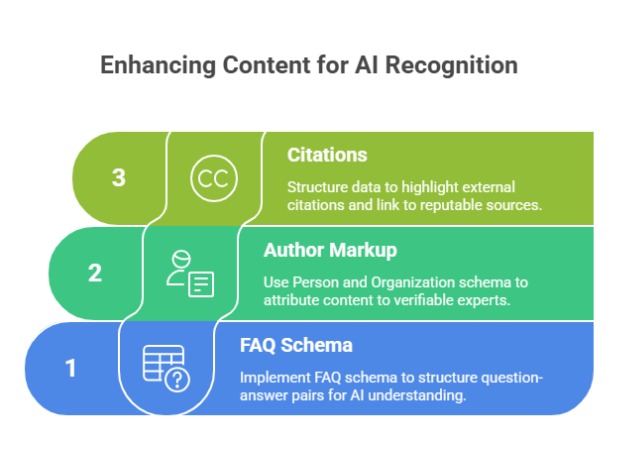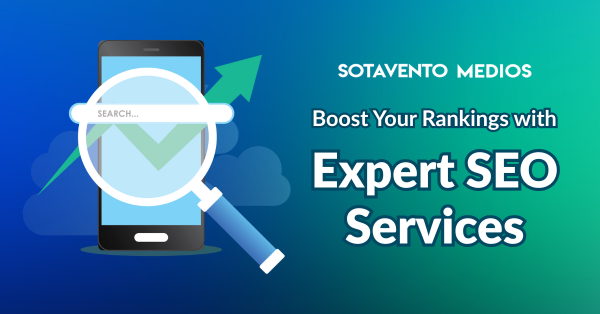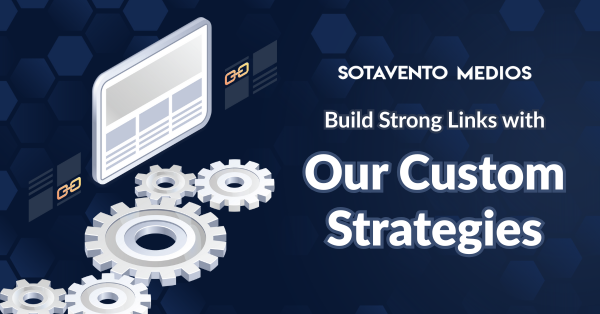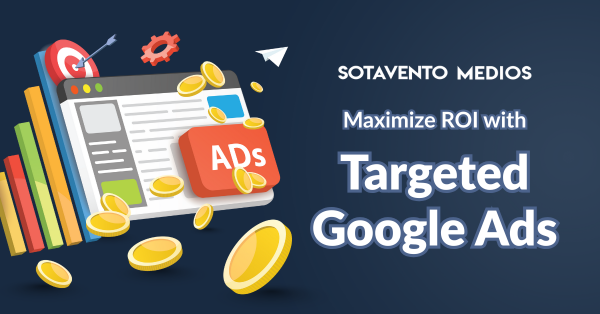The time of just chasing keyword rankings is over. Generative AI (GenAI) has fundamentally changed the search landscape. The search results page is no longer just a list of ten blue links. Instead, it delivers dynamic, synthesized knowledge outputs through features like AI Overviews. For the experienced B2B marketer and technical SEO specialist, this isn’t a crisis; it’s the most important strategic shift since moving to mobile-first indexing.
At Sotavento Medios, we know that the competitive advantage now belongs to firms that use AI for efficiency while focusing on human signals of Experience, Expertise, Authoritativeness, and Trustworthiness (E-E-A-T). This article offers a data-driven plan for technical SEO experts to not just survive but excel in the GenAI-first search environment of 2025.
Navigating the Search Shift: From Clicks to Citations
The most important trend for SEO professionals is the rise of zero-click searches. With AI Overviews appearing in many informational queries, users often find what they need directly on the search results page. Data shows this is leading to a drop in organic click-through rates for traditional top-ranking pages.
This change requires a shift in how we measure success. Visibility in AI-generated answers (citations) is becoming as valuable as an organic click. It helps build immediate brand trust and awareness.
Maximizing Visibility in Generative Answers
To capture this “Citation Share,” your technical content must be machine-readable and optimized for summarization.
Structured Data is the New Priority Ranking Signal
Schema Markup has moved from a nice-to-have to a necessary ranking factor. AI models depend on structured data to accurately understand and synthesize information.
- FAQ and HowTo Schema: Use these to clearly define question-answer pairs and step-by-step processes. This aligns with how AI models generate summaries.
- Author/Organization Markup: Use Person and Organization schema to attribute content to verifiable experts. This is crucial for satisfying the Authoritativeness and Trustworthiness aspects of E-E-A-T, which AI-driven algorithms now scrutinize more closely.
- Citations and Sources: Structure your data to highlight external citations, linking to credible sources (government data, peer-reviewed research). This provides the clear, verifiable data that AI models and Google’s quality systems need.

Content Design for Semantic Density
Traditional content often included long, winding paragraphs. Today’s high-performing content must be semantically dense, concise, and well-structured.
- Anticipate the AI Query: Instead of focusing on single keywords, optimize for the complex, conversational questions users ask AI systems. Use headings and subheadings as direct questions (How does canonicalization impact crawl budget?).
- The ‘Answer First’ Principle: Start each section or H3 with a brief, direct answer (30-40 words) before providing more detail. This makes your content instantly scannable for Large Language Models (LLMs) to include in a synthetic answer.
- Use Lists and Tables: Data organized in clear bullet points or comparison tables is more “machine-readable” and likely to be extracted by an AI.
The E-E-A-T Firewall: Human Insight as the Technical Differentiator
Generative AI excels at speed and synthesis, but it lacks genuine Experience and Insight. The technical SEO specialist now has the job of creating a digital firewall around the brand. This ensures that every piece of content reflects human E-E-A-T signals that AI cannot imitate.
Demonstrating Verifiable Experience (E)
Google’s 2025 E-E-A-T standards require proof of doing, not just knowing. This presents the biggest opportunity for B2B differentiation.
- Case Study Integration: Embed concrete, measurable case studies directly into informational articles. Don’t just link to them; show before-and-after metrics, original screenshots (with sensitive data removed), and direct quotes from clients.
- First-Party Data: Use unique survey results, internal research, or anonymized client performance data that only your firm has. Clearly label it as “Sotavento Medios Proprietary Data, Q4 2025.”
- Author Credibility Check: Ensure every technical article is linked to an expert with a strong, verifiable digital presence (LinkedIn, industry certifications, other published works). Use the author schema correctly to support this.
The Technical Audit of Trustworthiness (T)
Trustworthiness is based on technical integrity. In a time of rampant AI spam, a solid technical foundation signals reliability.
- Advanced Core Web Vitals (CWV) Optimization: User experience connects to trust. Regularly audit and optimize for Interaction to Next Paint (INP) and the latest CWV metrics. A fast, efficient site shows a professional operation that respects the user’s time.
- Internal Linking Authority Flow: Use internal linking strategically to direct authority and Trust from your most authoritative pillar pages to the important pages you want to rank. AI models follow the link graph, and a logical structure indicates a well-governed, trustworthy site.
- The ‘Zombie URL’ Cull: Carry out a thorough technical content audit to identify and remove or merge low-quality, outdated, or “thin” content pages. These “Zombie URLs” waste crawl budget and weaken site authority, which Google’s quality systems and AI spam detection (SpamBrain) penalize.
Strategic B2B Content Acceleration with AI
While pure AI-generated content struggles with E-E-A-T, using AI to accelerate workflows is essential for scaling a B2B strategy. Speed of execution is the new competitive edge.
- AI for Ideation and Cluster Mapping: Use Generative AI to analyze competitor content gaps and cluster related topics, identifying entire topic constellations missed by manual keyword research. This shifts content production from reactive to predictive.
- AI for Content Structuring: Use AI to create clear, structured content outlines (H2s, H3s, bullet points) optimized for LLM synthesis. This saves the technical expert time on drafting.
- Human for Insight and Review: The final, essential step is the human layer. The technical expert must bring unique insights, proprietary data, and first-hand experience that an LLM cannot produce. AI drafts, the expert publishes.

The Path Forward for the Technical Marketer
The rise of Generative AI has not made the technical SEO role outdated; it has simply raised the standards. Your new task is to master the technical details that enable AI visibility (structured data, site speed) while also creating content that clearly shows human authority (E-E-A-T, proprietary data).
The future of B2B digital visibility blends AI efficiency with human expertise.
If your organization’s current content strategy struggles to maintain organic visibility amid the GenAI shift, it’s time to take a more technical approach. Sotavento Medios specializes in high-stakes Technical SEO Audits designed to protect your digital authority against changing algorithms. Contact us today to secure your Citation Share and strengthen your E-E-A-T position.

















